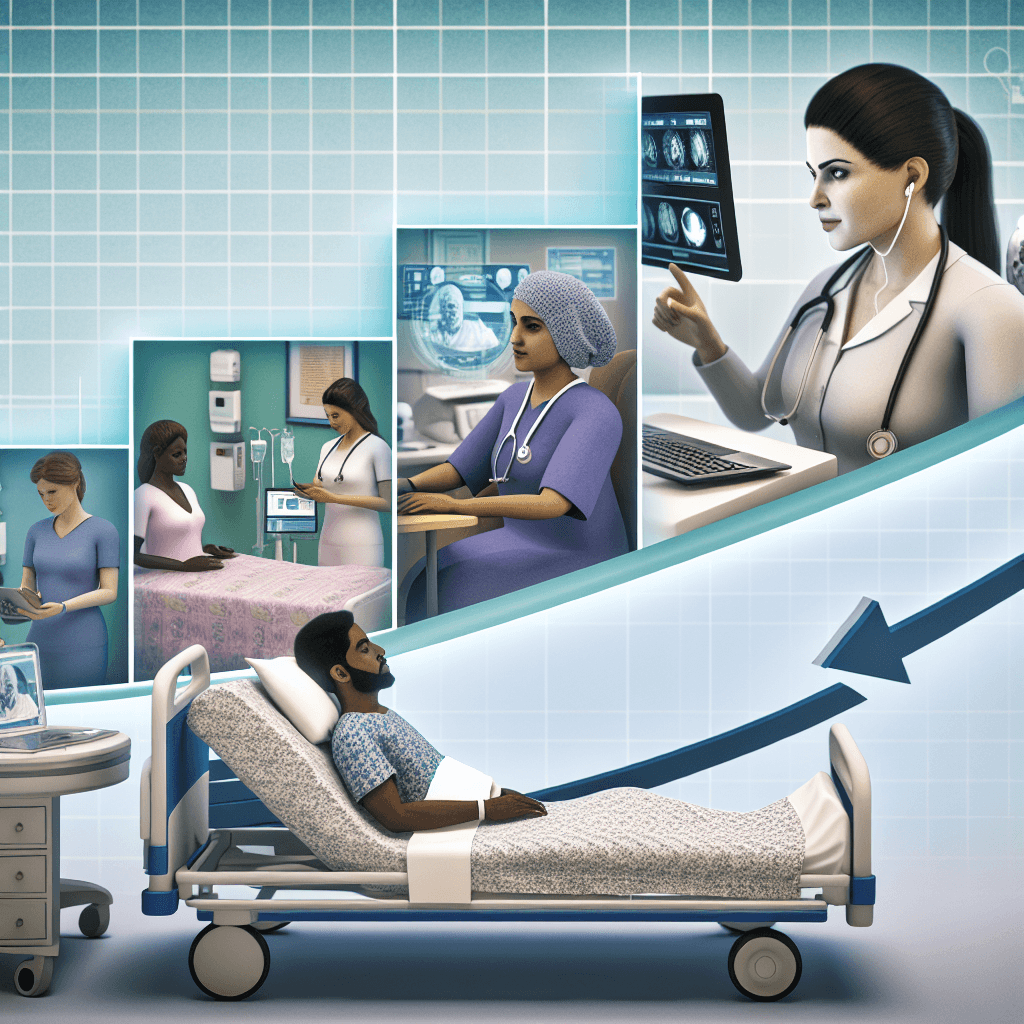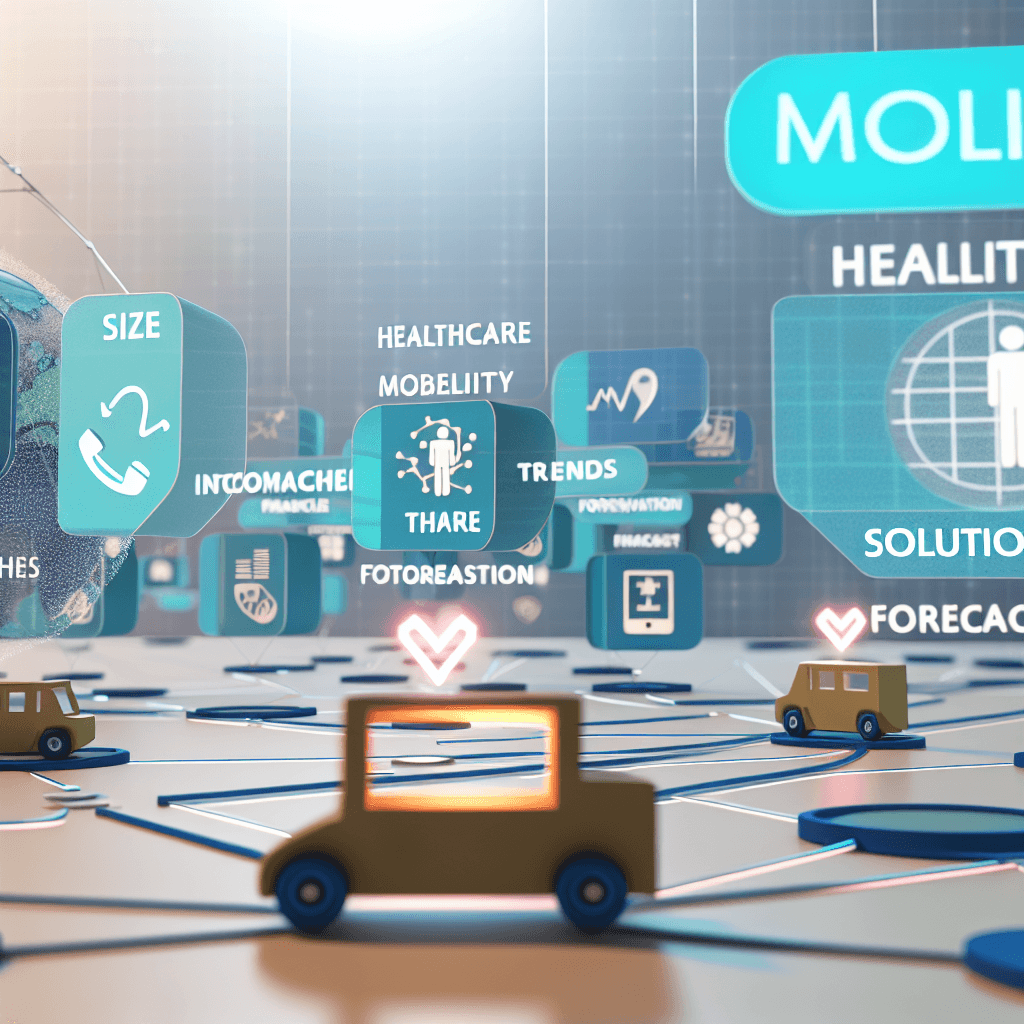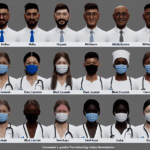Explore the healthcare mobility solutions market size, share, trends, and forecasts. Get insights into growth opportunities and future projections.
Healthcare Mobility Solutions Market Size, Share, Trends & Forecast

Table of Contents
Healthcare Mobility Solutions Market Size, Share, Trends & Forecast

The healthcare industry is undergoing a significant transformation, driven by the rapid advancement of mobile technologies. Healthcare mobility solutions, which encompass the use of mobile devices and applications to provide patient care, are playing a pivotal role in this evolution. This article explores the current market size, shares, trends, and future forecasts of healthcare mobility solutions, providing a comprehensive overview for stakeholders in the healthcare sector.
Understanding Healthcare Mobility Solutions
Healthcare mobility solutions involve the use of mobile technologies such as smartphones, tablets, and other wireless devices to facilitate communication and information exchange within the healthcare ecosystem. These solutions enable healthcare professionals to provide more efficient and effective care by enhancing access to patient data and improving the communication between healthcare providers and patients.
Current Market Size and Share
The global healthcare mobility solutions market has shown robust growth in recent years. According to a report by Grand View Research, the market was valued at approximately USD 50 billion in 2020 and is expected to grow at a compound annual growth rate (CAGR) of 28.4% from 2021 to 2028. This growth is attributed to several factors including the increasing adoption of mobile devices, the proliferation of mobile health apps, and the growing need for remote patient monitoring services in the wake of the COVID-19 pandemic.
Key Trends Shaping the Market
Several key trends are currently shaping the healthcare mobility solutions market:
- Telemedicine: The rise of telemedicine has been one of the most significant trends in healthcare. Mobility solutions facilitate virtual consultations and remote patient monitoring, making healthcare more accessible, especially in rural and underserved areas.
- Wearable Technology: Wearable devices such as fitness trackers, smartwatches, and health monitors are increasingly being integrated with mobile health applications. These devices collect vital health data which can be accessed in real-time by both patients and healthcare providers.
- Data Security: With the increasing use of mobile devices in healthcare, data security and compliance with regulations such as HIPAA (Health Insurance Portability and Accountability Act) in the United States have become paramount. Enhanced security features and encryption technologies are being developed to protect sensitive health information.
- Artificial Intelligence and Machine Learning: AI and ML are being integrated into mobile health apps to provide more personalized care and predictive analytics. These technologies can analyze vast amounts of data to aid in diagnosis and treatment planning.
Regional Insights
The North American region holds the largest share of the healthcare mobility solutions market, driven by advanced healthcare infrastructure, high adoption of mobile technologies, and stringent regulatory standards promoting the use of healthcare IT solutions. Europe follows closely, with significant growth due to increasing healthcare expenditure and the adoption of eHealth policies. The Asia-Pacific region is expected to witness the fastest growth, thanks to rising healthcare awareness, increasing mobile penetration, and government initiatives to promote digital health.
Impact of COVID-19 on the Market
The COVID-19 pandemic has had a profound impact on the healthcare mobility solutions market. The need for social distancing and minimizing physical contact has accelerated the adoption of telemedicine and remote monitoring solutions. Many healthcare providers rapidly deployed mobile health applications to manage patient care remotely, a trend that is likely to continue post-pandemic.
Case Studies
Several successful case studies illustrate the effectiveness of healthcare mobility solutions:
- Telemedicine in Rural Areas: In rural regions of India, telemedicine initiatives have significantly improved access to medical specialists. Mobile health apps connect patients in remote areas with doctors, reducing travel time and costs.
- Wearable Devices for Chronic Disease Management: A study in the United States demonstrated that patients using wearable devices to monitor diabetes had better control over their blood sugar levels compared to those who did not use such devices.
Future Forecast
Looking ahead, the healthcare mobility solutions market is poised for continued growth. Innovations in mobile technology, along with further integration of AI and machine learning, will drive the development of more sophisticated health applications. Additionally, as global healthcare systems increasingly prioritize patient-centric care, mobile solutions will play a crucial role in making healthcare more personalized and accessible.
Conclusion
The healthcare mobility solutions market is at a pivotal point, with significant growth driven by technological advancements and the changing needs of the healthcare industry. As the market continues to evolve, stakeholders must focus on innovation, data security, and regulatory compliance to fully capitalize on the opportunities presented by mobile health technologies. With the right strategies, healthcare mobility solutions will significantly enhance the efficiency and quality of patient care worldwide.








